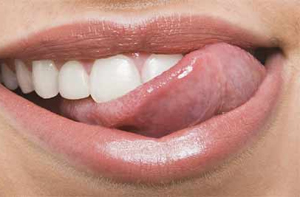The COVID-19 pandemic and the subsequent lockdown saw many people turning chefs overnight, but those who could not turned to online delivery of food. And not just any food, as per a new report, Indians "craved the most for Biryani" during the lockdown.
The "StatEATistics report: The Quarantine Edition" from food delivery platform Swiggy found that Indians ordered biryani over "5.5 lakh times" from their favourite restaurants.
The new normal might have opened a pandora's box of behavioral changes, but some old habits die hard like the love for Biryani, which took the top spot for overall orders. It was followed by butter naan and masala dosa at 3,35,185 and 3,31,423, respectively.
Biryani has topped the list of most ordered dishes for the fourth year in a row, the food delivery platform noted.
Indians didn't forget to indulge their sweet tooth in the uncertain months of lockdown. Their favourite comfort food during the lockdown period was the moist and decadent Choco Lava cake, ordered around 1,29,000 times.
"The humble Gulab Jamun (84,558) and chic Butterscotch Mousse cake (27,317) followed suit," said the report derived from Swiggy's order analysis in the past few months across cities that it is present in.
Also, as birthday parties moved to video calls, and virtual cake cutting sessions, according to the food delivery platform, it delivered nearly "1,20,000 cakes" to complete these celebrations.
According to the report, on average, "65,000 meal orders" were placed by 8 pm each day to make sure food arrived in time for dinner.
"It was the busiest hour for Swiggy delivery partners and restaurants. On average, they (customers) chose to tip Rs.23.65, with one particularly generous customer tipping Rs. 2500!," it added.
For those who only relied on home-made food during the quarantine, Swiggy delivered a whooping 323 million kgs of onions and 56 million kgs of bananas through its grocery section and hence ensured that its consumers were all stocked up.
That said, it also took care of the 'quick-fix meal' tribe -- consumers who resort to the evergreen college hacks of living on instant noodles.
"Around 3,50,000 packets of this ideal easy to cook meal were ordered during the lockdown," it said.
In all, Swiggy delivered 40 million orders across food, groceries, medicines and other household items during India's lockdowns. It also delivered over 73,000 bottles of sanitizers and hand wash along with 47,000 face masks as the definition of essentials' changed during these uncertain times.
 Chewing requires a complex interplay between the tongue and jaw, with the tongue positioning food between the teeth and then moving out of the way every time the jaw clamps down to grind it up.
Chewing requires a complex interplay between the tongue and jaw, with the tongue positioning food between the teeth and then moving out of the way every time the jaw clamps down to grind it up.




Comments
Add new comment